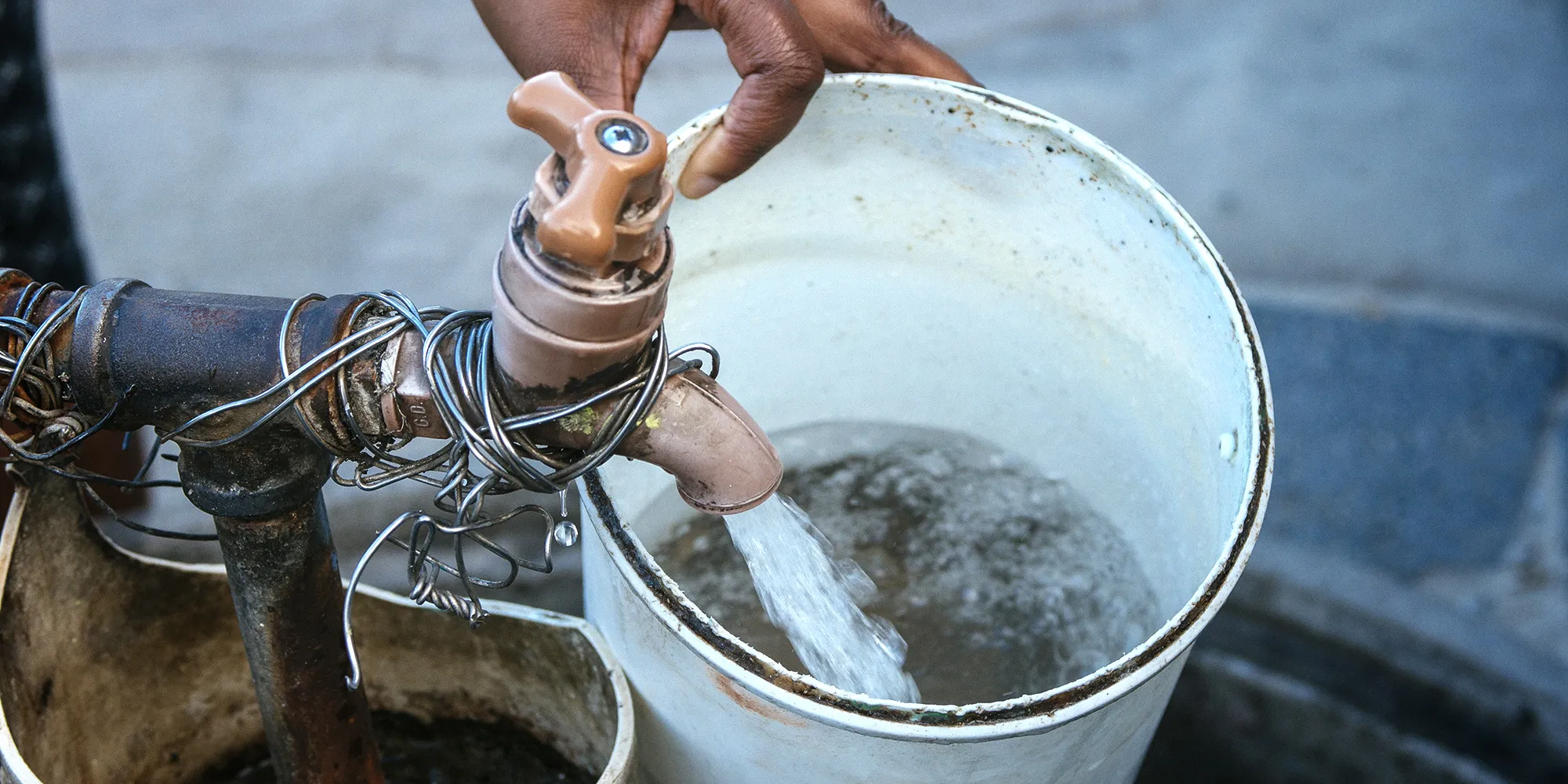The Rand Water shutdown affects daily life. It disrupts households, businesses, and communities. Routine tasks like cooking, cleaning, and bathing can become challenging. Understanding the many aspects of a Rand Water shutdown is essential. This includes preparation, water conservation, alternative sources, community teamwork, and long-term adaptation. A Rand Water shutdown forces people to adapt quickly. Local authorities provide updates and send water tankers. However, not everyone may get immediate access. This guide helps you prepare and respond effectively to a rand water shutdown. Proactive steps can ease stress. Shutdowns can last hours or days, depending on maintenance or repairs. Those with medical needs or infants should plan ahead for cleanliness and hydration. A Rand Water shutdown is tough, but smart actions can help you manage the impact. Communities grow stronger when everyone learns to cope and helps each other. Let’s explore how to prepare for, live through, and recover from a Rand Water shutdown.
Understanding the Rand Water Shutdown
Rand Water shutdowns occur for several reasons. They may be for scheduled maintenance, emergency repairs, or pipeline upgrades. Rand Water is a key supplier in Southern Africa. When a shutdown is planned, municipalities usually issue public notices. These notices inform residents about dates and duration. Unplanned shutdowns happen when pipes burst or equipment fails. This gives you little time to prepare. Stay informed by checking news updates and official websites. Shutdowns impact areas like Johannesburg, Ekurhuleni, and Tshwane. Millions rely on Rand Water daily. A shutdown can cause discomfort and health hazards if hygiene is neglected. It significantly affects schools, hospitals, and businesses. Being prepared is crucial for everyone.
Steps to Prepare for a Rand Water Shutdown
Before a shutdown, store water in clean containers. Aim for at least 2-3 liters per person per day for drinking, plus more for cooking and sanitation. Use buckets, bathtubs, and plastic bins to gather enough water. Have disinfectants, hand sanitizers, and wipes ready to keep things clean. Label containers to avoid mixing drinking water with cleaning water. Pet owners should also ensure their animals have clean water. Prepare meals in advance to reduce water use. Freeze bottles of water or invest in tanks if shutdowns are frequent. Schools and offices should inform staff and students about closures or changes ahead of time.
Managing Daily Activities During a Rand Water Shutdown
During a shutdown, ration stored water carefully. Focus on hydration and cooking needs. Reuse water when possible, like using greywater for toilets. Keep a log of water use to make your supply last longer. Opt for disposable utensils to limit washing. Consider sponge baths or dry shampoo instead of full showers. Use hand sanitizer or antibacterial wipes to maintain hygiene. Families with babies or elderly members need to be extra careful about hydration and cleanliness. Garbage disposal can be tricky, so use sealed bags to control odors. Reach out to neighbors for resource sharing if possible.
Alternative Water Sources During the Shutdown
If your area has municipal water tankers during a shutdown, check their schedule and locations. Bring large, clean containers to avoid contamination. Boreholes, wells, or rainwater systems can provide additional water if available. If these options aren’t accessible, buying bottled water might be necessary, though it can be costly. Avoid untreated or unsafe water sources, as they can lead to illnesses. Portable purifiers or purification tablets can help if the only option is unclear water.
Community Cooperation During Rand Water Shutdown
A Rand Water shutdown can unite communities. Neighbors can share water, coordinate transport to collection points, or help care for elderly or ill members. Community leaders can advocate for timely information and fair water distribution. Schools and churches may serve as distribution hubs to assess needs. Volunteer groups can deliver water to those unable to collect it, such as the elderly or disabled. A strong community can ease the pain of a shutdown. It can change a tough time into a chance for unity.
Health and Hygiene Tips During Rand Water Shutdown
Maintaining health during a shutdown requires discipline. Always boil water from uncertain sources before drinking. Use minimal water for brushing teeth—just a cup is enough. Keep personal hygiene routines short to avoid waste. Hand sanitizer is essential, especially after using the toilet or before meals. Get medical help if you have stomach issues. This could mean the water is contaminated. Focus on keeping kitchen counters and utensils clean, as bacteria can spread quickly.
Business Continuity During Rand Water Shutdown
Businesses can face losses during a shutdown, especially in food, healthcare, and manufacturing. A continuity plan ensures minimal disruption. This may include storing water, reducing hours, or shifting to remote work. Restaurants may need to close or limit menu items. Offices should communicate policies clearly with employees regarding hygiene and customer communication. Those relying on water-intensive processes should explore backup options.
What to Do After the Rand Water Shutdown Ends
Once water is restored, do not use it immediately for drinking. Open taps slowly and let water run to flush out sediments. Sanitize storage containers and refill with clean water. Wash dishes or laundry that were delayed due to the shutdown. Reassess your preparedness plans based on what worked or didn’t. If your household faced challenges, consider investing in a water tank or filtration system. Discuss experiences with neighbors to build resilience for future shutdowns.
Policy and Infrastructure: Long-Term Solutions to Rand Water Shutdown
Long-term solutions to Rand Water shutdowns involve more than individual preparedness. Citizens can advocate for better infrastructure and accountability to reduce shutdown frequency. Investing in water-saving technologies and ensuring pipeline maintenance can help. Municipalities should prioritize transparency about shutdown timelines to build trust. Community groups should pressure local governments to allocate resources for sustainable water systems. Using rainwater harvesting and smart meters can help manage water use. This also reduces reliance on one supply source.
Conclusion: Adapting to a New Water Reality
A Rand Water shutdown requires adaptability and planning. By preparing ahead and working together, you can navigate these challenges more effectively.
Click here to return to the homepage and unlock more content.



